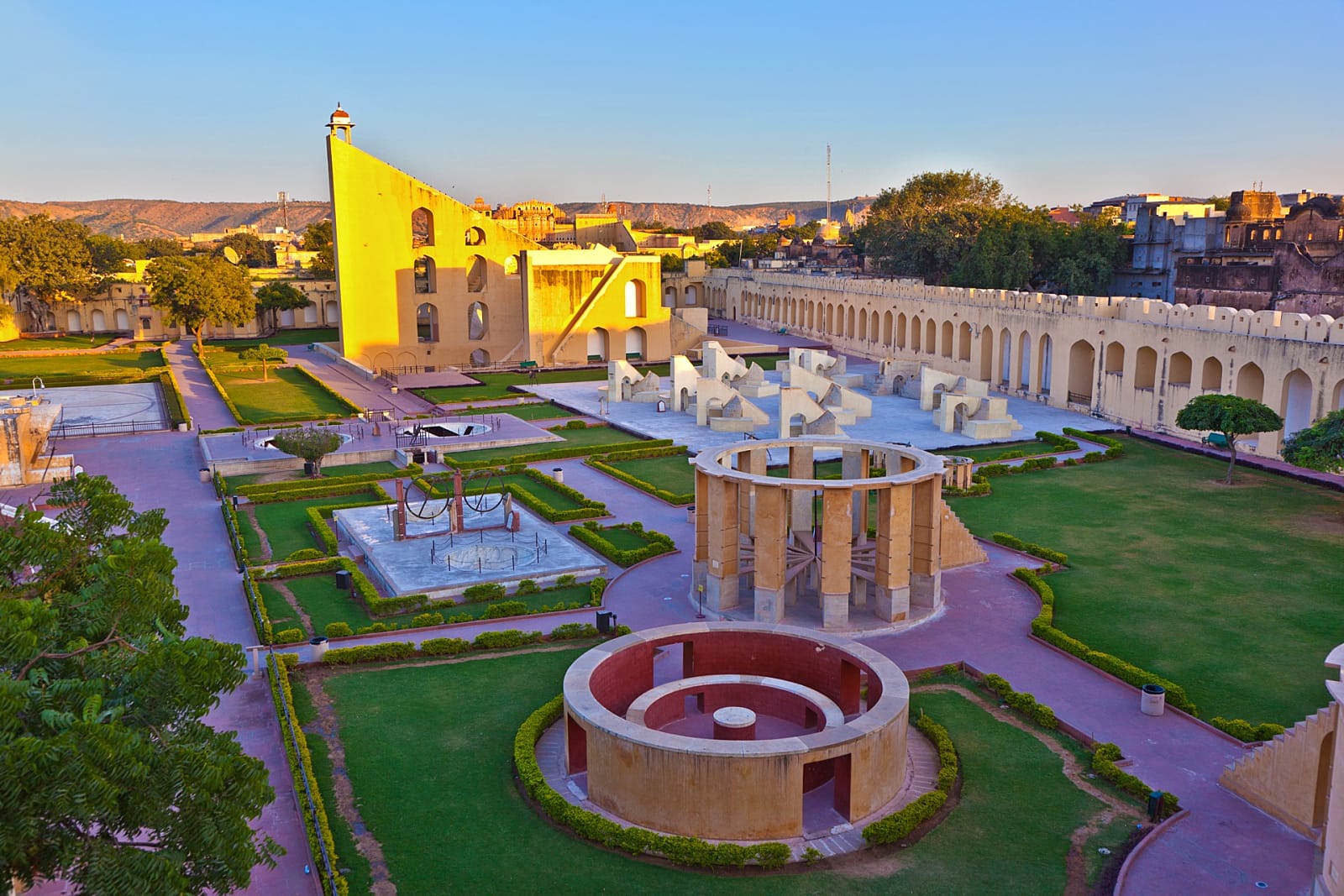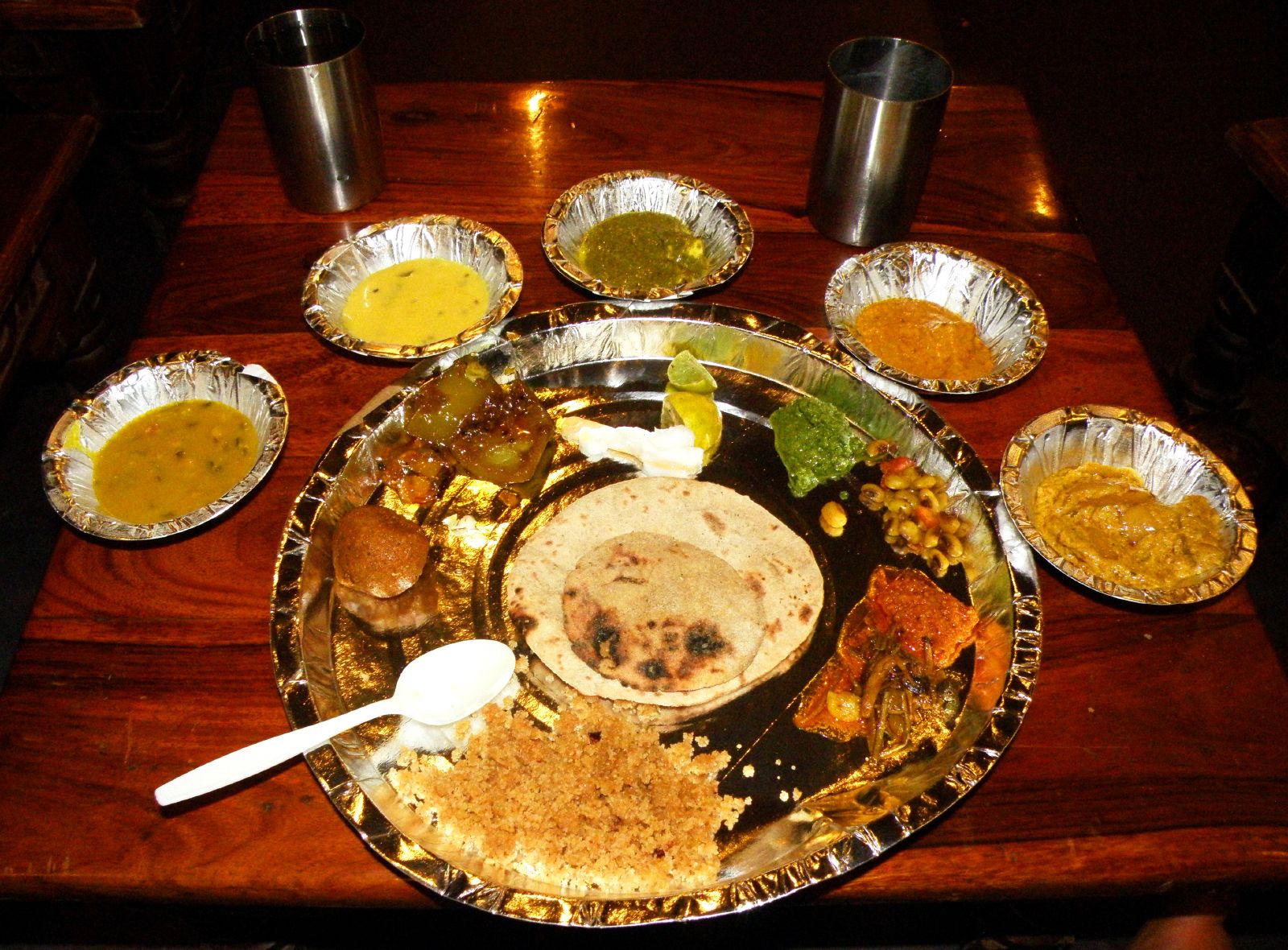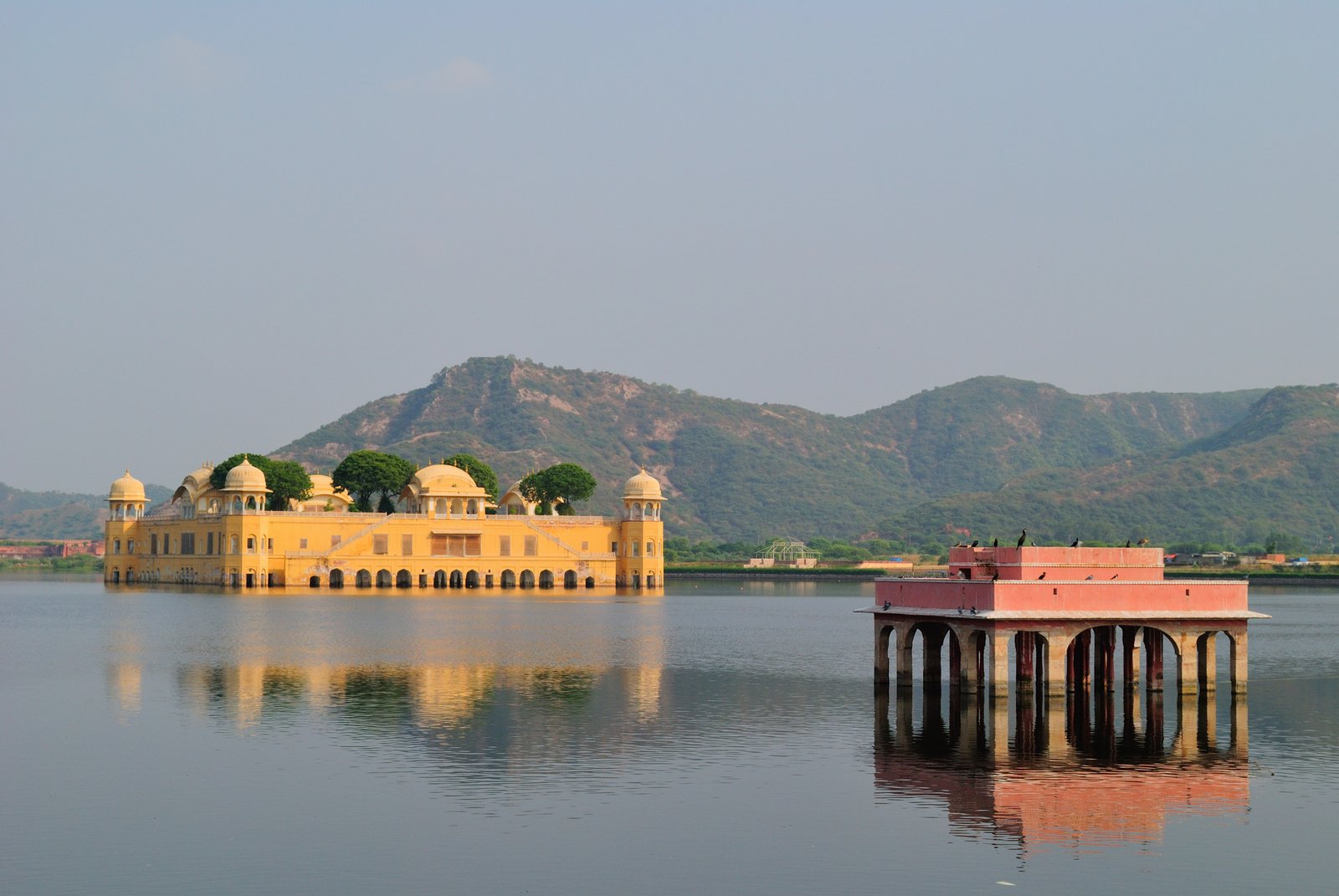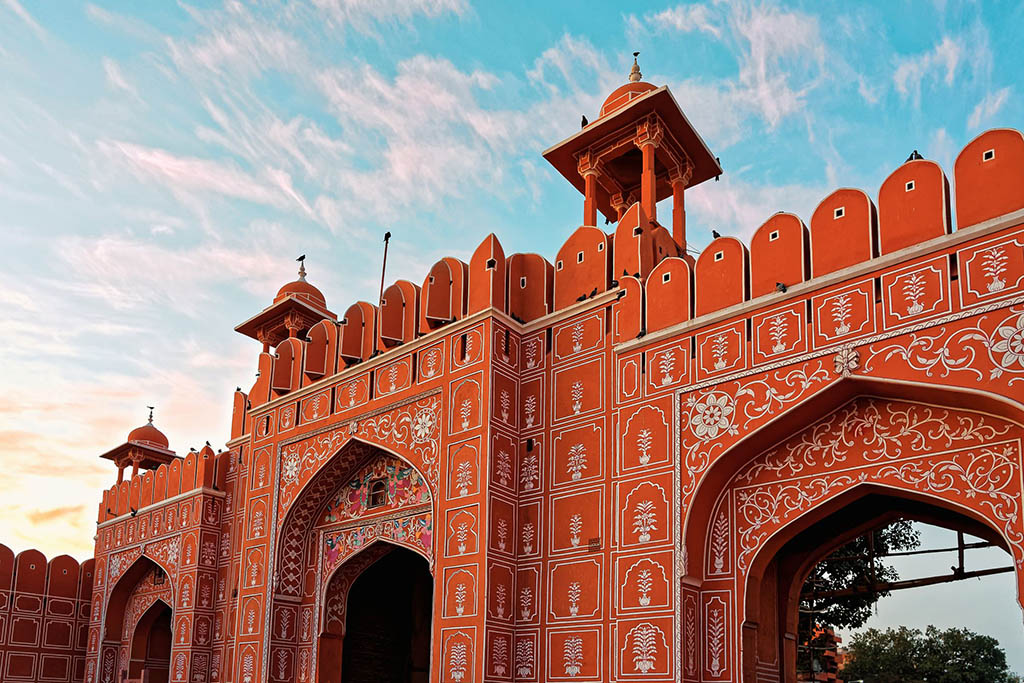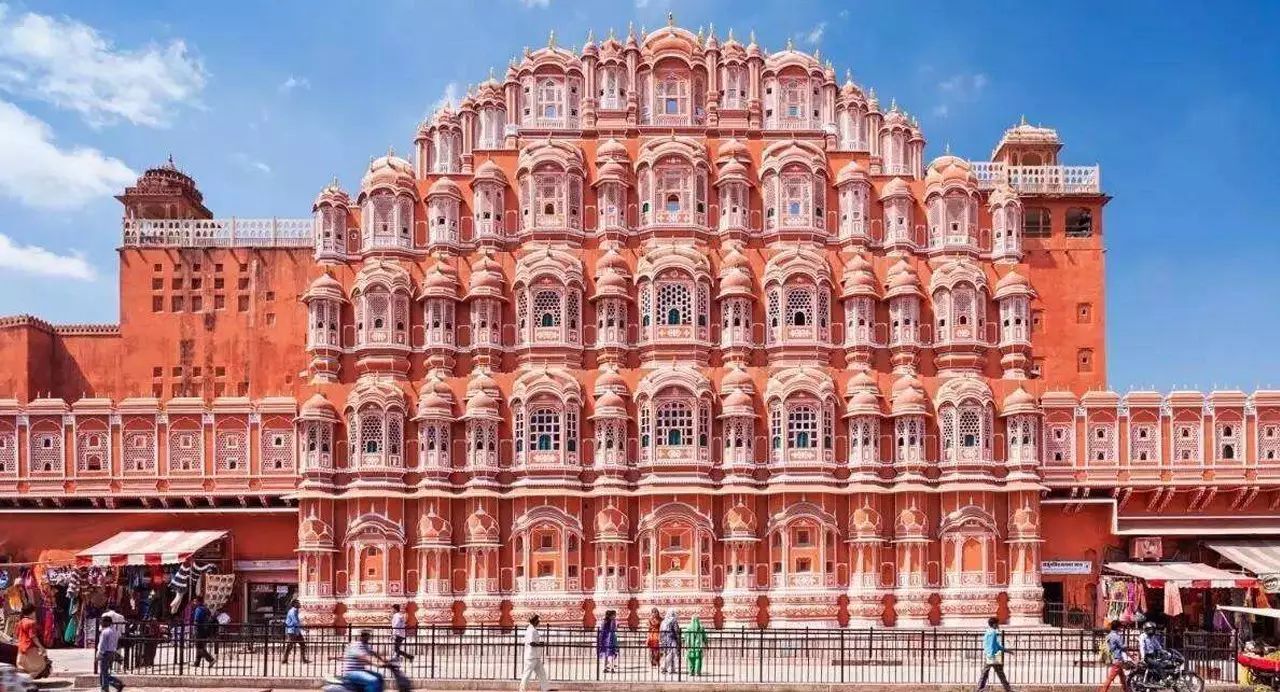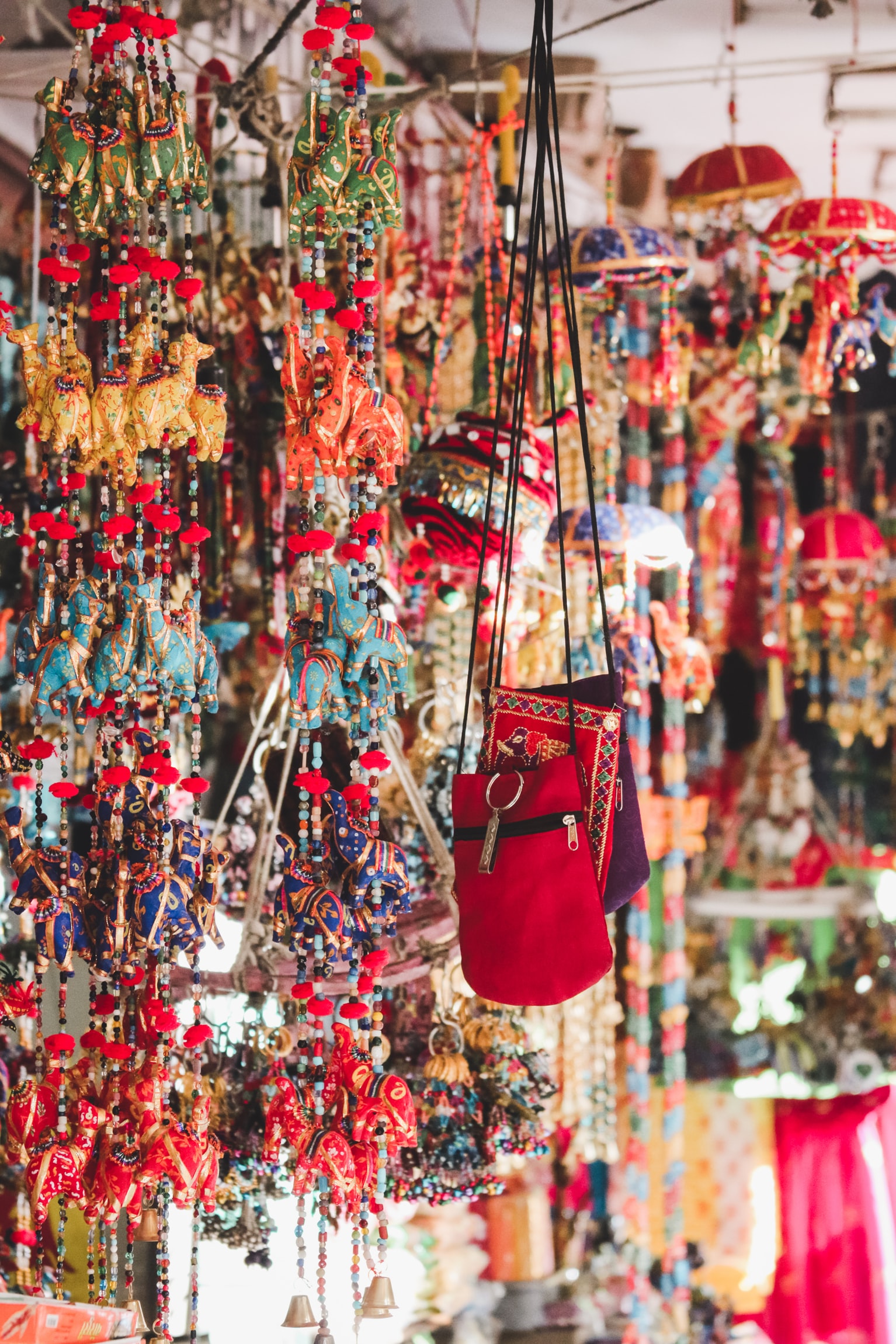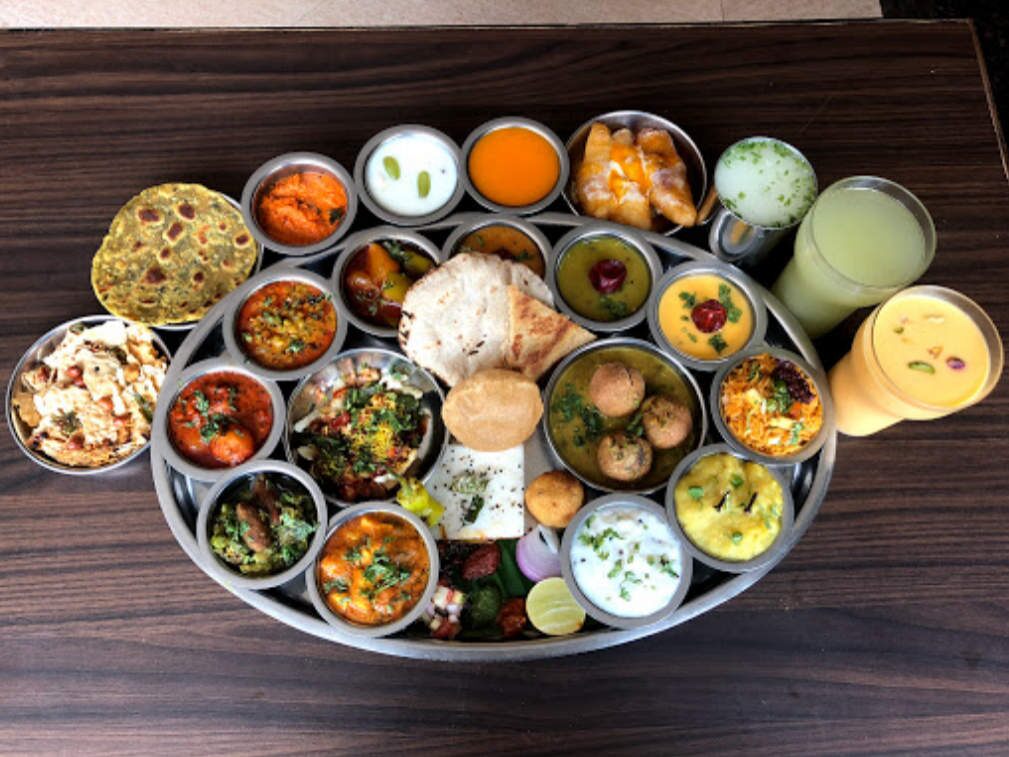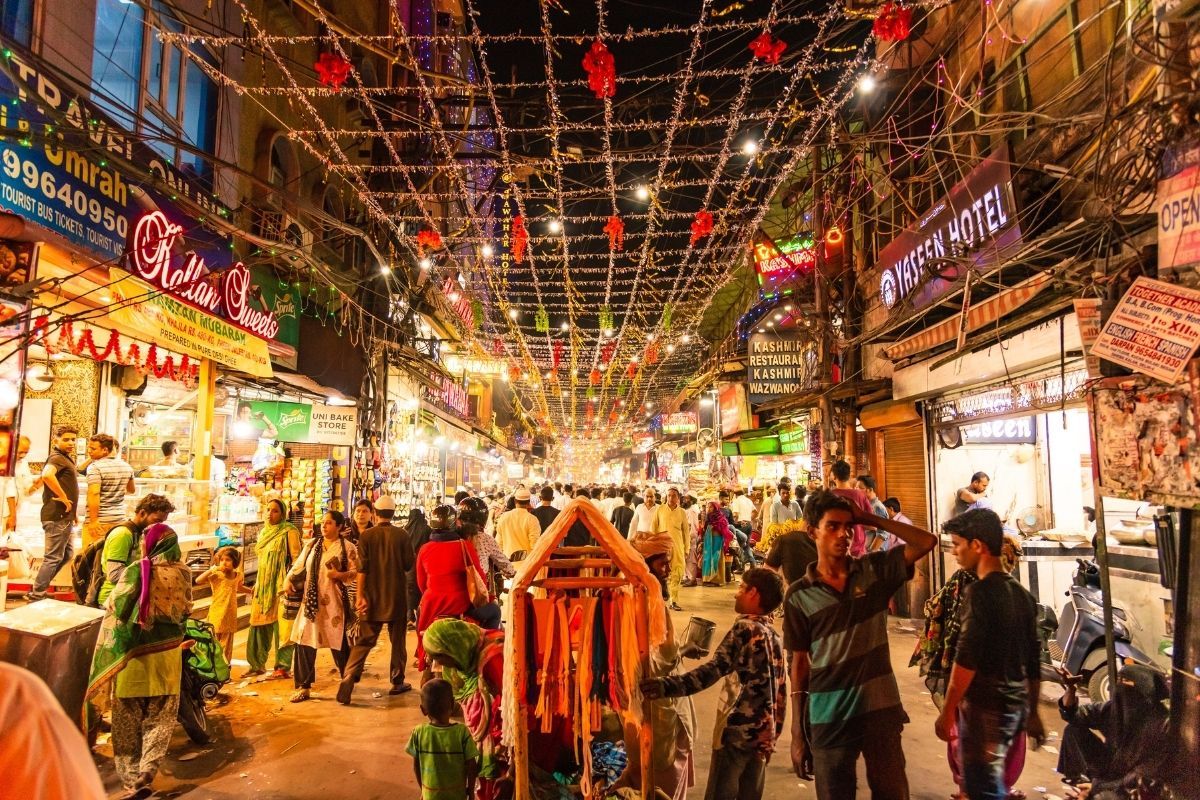Jaipur: UNESCO Walled City and Creative City of Folk Arts and Crafts
by
Jaipur is a city with various charms. The royal city of Rajasthan is not just home to forts, palaces and incredible architecture, it is home to intricate arts and crafts. The walled city has joined the ranks of UNESCO World Heritage Sites in India and is also a UNESCO inscribed Creative City of folk arts and crafts. The Pink City as is lovingly called has a rich history of performing culture and craft production. UNESCO celebrates the distinct artistic identity of Jaipur. On a visit to the city, take a look at the creation of the arts and crafts.
Under the patronage of the Kachwahas, different art forms were laid and developed. Today, Jaipur has 30 different crafts forms, and at least 7 mainstream performing arts with 36 craft industries (karkhanas) of different kinds of crafts from textile production to stonework.
The traditional bazaars and popular markets of Jaipur offer a look at these impressive workmanship and shop for these treasures. Here is all that you need to know about the Jaipur’s creations.
1. Blue Pottery
Jaipur has a reputation for blue pottery. The craftsmanship is used to make objects like flower vases, lamp shades, crockery, jewellery boxes, serving trays and other things. The pottery stands out as it is made of unique quartz stone and has vibrant blue and golden designs, or animal and bird motifs.
2. Lac Bangles
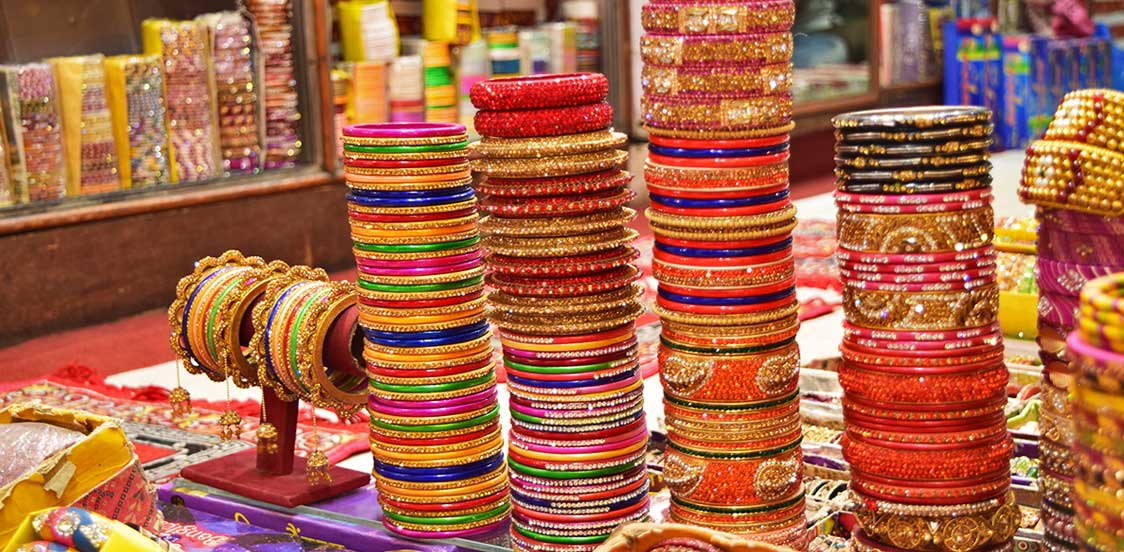
A fashionable creation, bangles in Jaipur are made of lacquer, a type of varnish from wood. These bangles are strikingly beautiful with bold colors and artistic designs of colorful beads, stones or mirror work.
3. Gems and Metal Jewelry
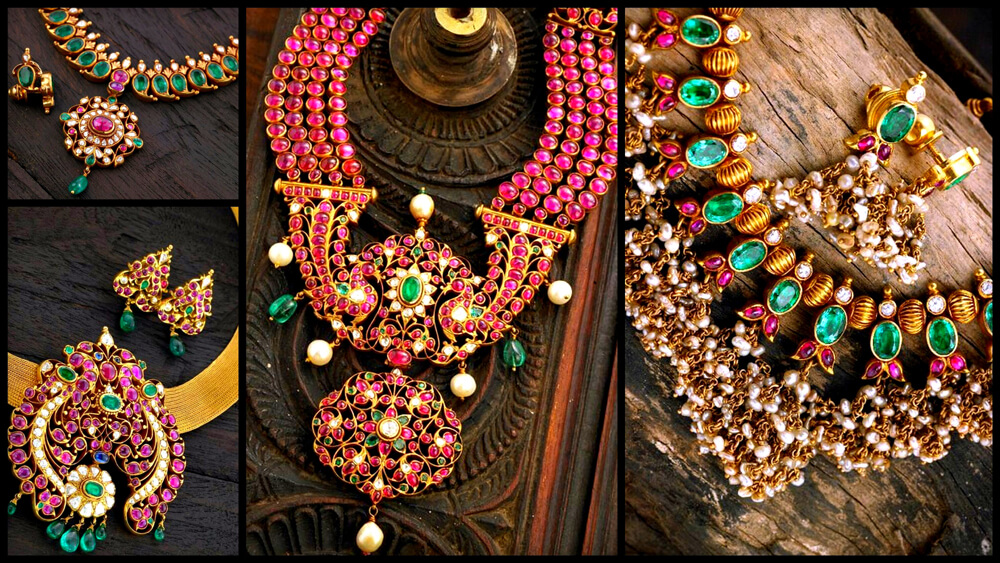
Jewelry making in Jaipur is as old as the city itself. Crafted in all its sparkling forms in the gold, silver and diamond with delicate Meenakari, Jadau, and Kundan work these handmade crafts make them look gorgeous. The traditional Thewa jewelry has its own charm as well. The jewelry ranges from necklaces, anklets, headgear, pendants, bracelets, nose rings, earrings, etc. Jaipur is also famous for its precious stones and gems.
4. Textiles
Textiles are also a specialty of Jaipur. These textiles are hand-made in vibrant shades and made unique with block printing and different styles. Bandhani sarees are among the famous creations of Jaipur as are odhnis, shawls, scarves, and more turbans. Plant based paints and hand-made designs are the reason the textiles are uniquely wonderful.
5. Miniature Paintings
Another handcrafted treasure of Jaipur are miniature paintings. Made from natural paints derived from plants, minerals, and shells the art does not fade through time. A special feature of the paintings are sparkling effects that is created by crushed powder of precious or semi-precious stones.
6. Wooden Furniture
Jaipur is well-known for its marvellous wooden furniture. They have unique design and motifs, especially latticework. The beautiful wooden furniture includes chairs, stools, cabinets, picture frames, jewelry boxes, household items among many others.
7. Puppets

Colourful puppets are one of the best souvenirs of a holiday in Jaipur. Finely crafted by craftsmen at almost every market of the city, puppets are used for home décor or play toys for children.
8. Jootis
An essential part of Rajasthan’s traditional attire, jootis meaning shoes are one of the finely crafted treasures of the city. Worn at the time of festive seasons, marriage ceremonies and special occasions, they are beautifully made from camel leather and embellished with stones and embroidery.
9. Rugs and Carpets
Jaipur is known for the finest hand-made carpets and rugs. Woven in rich colors, patterns, and designs, the wool or silk rugs and carpets are best used as home décor items. You can either watch the artisans weave or shop for the finished products.
10. Marble Handicrafts
Jaipur is world-famous for its handicrafts made of marble. In the bustling city shop for marble statues, sculptures, furniture, table tops, flower vases, serving trays, etc. The fantastic display are perfect for souvenirs.
The arts and crafts of Jaipur are known to offer a fabulous shopping experience. So, when a plan a trip to Jaipur, look beyond the forts, palaces and sightseeing. Explore the creativity and the incredible cultural heritage.

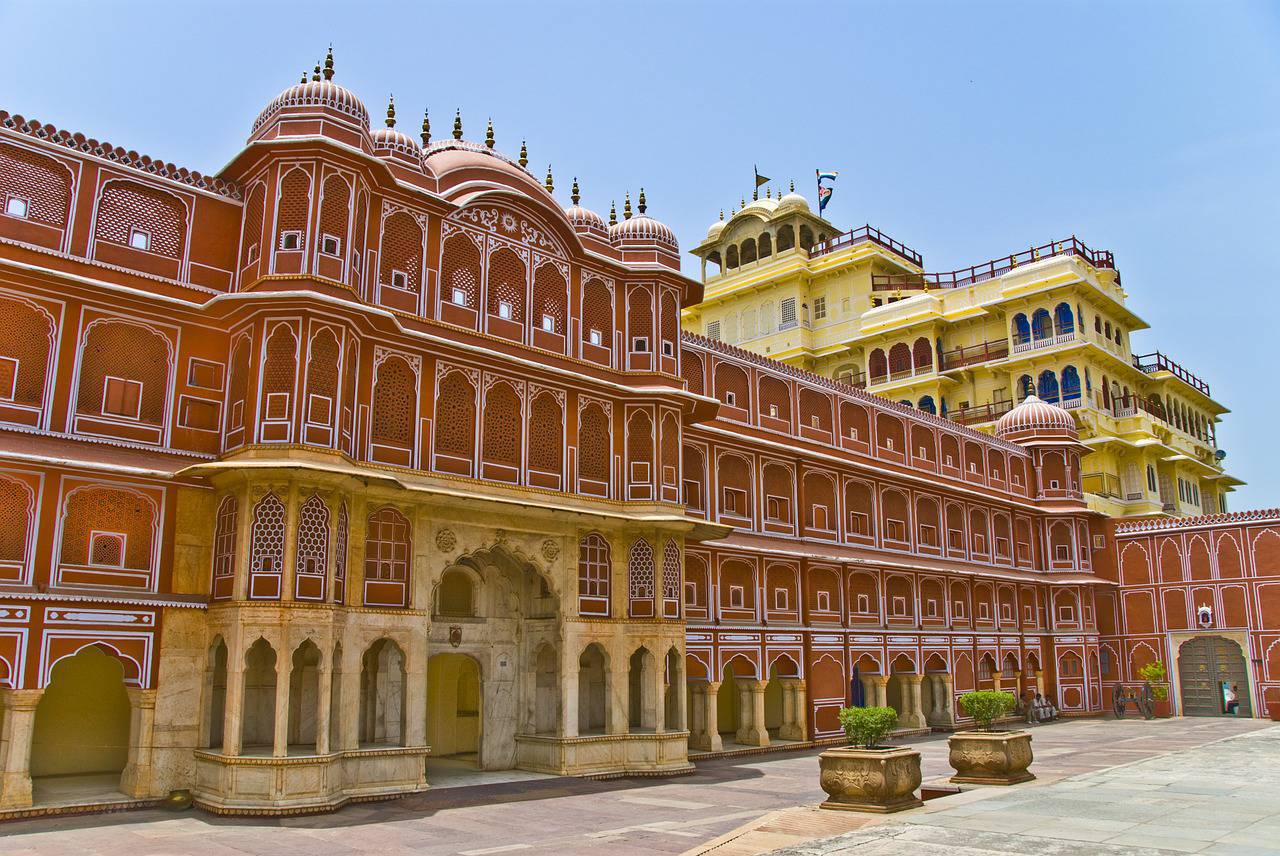

 Hawa Mahal (Palace of winds): Constructed by Maharaja Sawaj Pratap Singh in 1799, the Hawa Mahal is one of the Jaipur’s main landmarks, the front of the Mahal has pink windows and latticework screens. This mahal was initially constructed for the ladies of the imperial household to watch the ordinary life and parades of the city.
Hawa Mahal (Palace of winds): Constructed by Maharaja Sawaj Pratap Singh in 1799, the Hawa Mahal is one of the Jaipur’s main landmarks, the front of the Mahal has pink windows and latticework screens. This mahal was initially constructed for the ladies of the imperial household to watch the ordinary life and parades of the city.